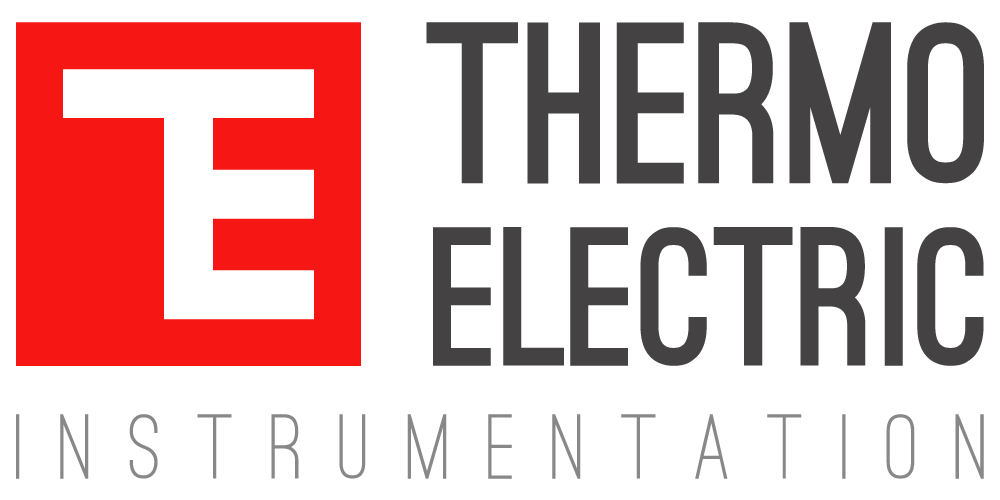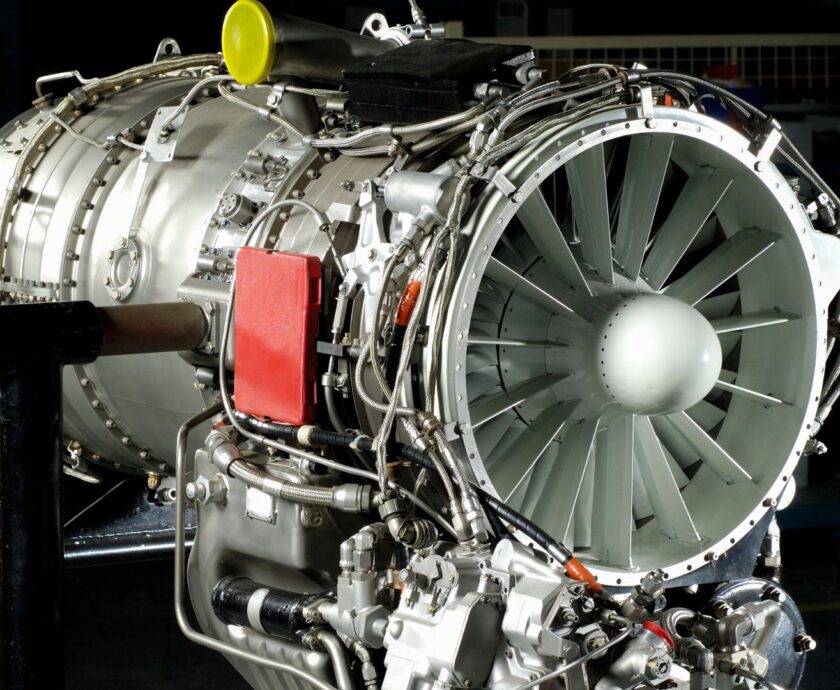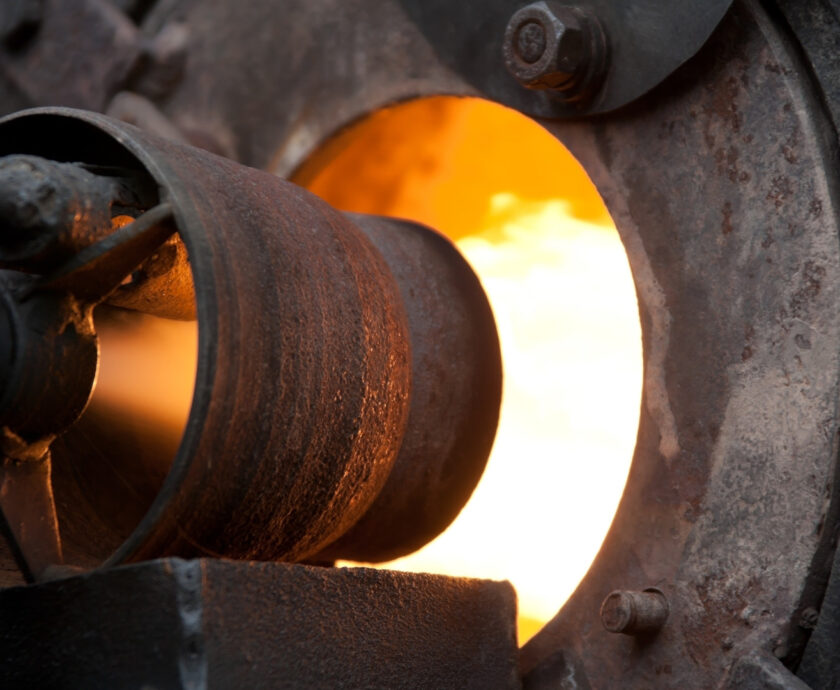Industrial plants live and die by temperature control. A reading that is a few degrees off can waste energy, spoil product, or jeopardise safety. Yet a temperature “point” is not just a probe dropped into a pipe; it is an integrated system that brings together three elements: a sensor, a thermowell, and a transmitter. Selecting the best combination starts with three sets of questions:
- Application – What does the process itself demand
- Environment – Where will the hardware sit, and what punishment will it see
- Performance – How precise, stable, and fast must the measurement be?
1) Application: match the hardware to the duty
Begin by sketching the process conditions at the measuring point: temperature, operating pressure, flow velocity, vibration levels, and any corrosive or abrasive chemicals. Those numbers immediately guide the two most basic choices: sensor technology and thermowell design.
Sensor technology. Resistance-temperature detectors (RTDs) and thermocouples (T/Cs) cover nearly all plant needs. RTDs excel below about 850 °C because they deliver tight accuracy and very little drift. Base-metal thermocouples (Types J, K, T, E, N) are less accurate but tolerate far higher temperatures, making them the default for furnaces, reformers, and turbine exhausts. Precious-metal thermocouples (Types R, S, B) go still higher for glass melts or semiconductor wafer processing. If both sensor families could survive, choose based on accuracy, long-term stability, and cost of ownership; RTDs generally win those comparisons.
Thermowell role. Almost no plant inserts a bare sensor into the line. A thermowell keeps pressure and fluid where they belong and lets you replace the sensor without a shutdown. The well’s material must resist the process chemistry and temperature, so stainless steel may suffice for clean water, whereas Inconel® or Hastelloy® is typical for sour gas or strong acids. Equally important is the stem profile. Straight shanks are strongest but slow to respond and attract high drag forces. Stepped or tapered stems shed mass, speed response, and raise the natural frequency, which helps them ride out flow-induced vibration.
2) Environment: protect the electronics and the signal
Where you place the transmitter and how you house it can spell the difference between years of silent service and weekly trips to tighten terminals.
Mounting choices. The most robust arrangement is to screw the transmitter directly into the sensor head. That eliminates long lead wires, which behave like antennas for electrical noise, and it positions the cold-junction sensor (for thermocouples) right at the measurement point. If heat, vibration, or access constraints forbid head mounting, remote installation on a nearby wall or frame is fine, provided you use shielded cable and good earth-grounding practice.
Housing style. In harsh outdoor areas, choose a dual-compartment enclosure: one chamber for the terminal block, one sealed chamber for the electronics. This layout keeps moisture and corrosives away from the circuit board and makes field wiring easier. Single-compartment heads and DIN-rail transmitters cost less, but they belong in clean, dry marshalling cabinets rather than on a pipe rack in the rain.
Ambient effects. Even the best insertion probe can be misleading if the thermowell is too short. Exposed stem above the pipe conducts heat to or from ambient air, skewing the reading. Rule of thumb: immerse at least ten pipe diameters into gas streams and five diameters into liquids, or reach one-third of the vessel radius, whichever is greater. For surface-mounted sensors, ambient swings directly affect accuracy, so keep the line insulated and the clamp tight.
3) Performance: accuracy, stability, speed, and diagnostics
After narrowing the field on application and environment, refine the spec around measurable performance targets.
Accuracy. Define how close the reading must be to truth. Pharmaceutical fermentation may need ±0.1 °C; boiler feedwater control might tolerate ±2 °C. Total system accuracy equals the sensor tolerance plus transmitter error plus any thermowell-related effects such as stem conduction. Smart transmitters can “match” to a specific RTD using Callendar-Van Dusen constants, tightening accuracy by roughly a seven-to-one factor compared with a generic curve.
Stability. RTDs drift slowly; base-metal thermocouples drift faster, especially above 500 °C. If the loop feeds a Safety Instrumented System, specify dual sensors or drift-alert diagnostics so you learn about shift before it matters.
Response time. The thermowell usually dominates. Less mass, thinner tips, and faster fluid velocity all shorten lag. If the controller must react in seconds, a stepped or tapered well, or a surface-mounted one may be necessary.
Diagnostics and smart features. Modern transmitters do more than linearise. They damp noisy signals, filter line-voltage spikes, detect open or shorted sensors, and log events for troubleshooting.
Putting it all together
A sound selection process looks like this:
- Gather process data. Temperatures, pressures, velocities, chemistry, and upset conditions.
- Pick the sensing chain. Choose RTD or thermocouple, select a compatible thermowell material and stem profile, and size the insertion length.
- Choose the transmitter location and housing. Head-mount for best noise immunity; dual compartment if the environment is harsh.
- Define performance targets. Accuracy, stability, and response time. Add diagnostics that support your maintenance philosophy.
- Specify as a factory-assembled set. Ordering the sensor, well, and transmitter as a single, calibrated assembly guarantees fit, cuts installation time, and shifts accountability for performance to one supplier.
Wrapping Up
Selecting an industrial temperature-measurement system is less about finding the “best” probe and more about harmonising three components with the process, the plant environment, and the performance you need.
By asking the right questions up front and leaning on established standards such as IEC 60751 for RTDs and ASME PTC 19.3 TW for thermowells, engineers can deliver readings that stay accurate, stable, and trustworthy long after the project team has left the site, all while keeping total cost of ownership in check.
